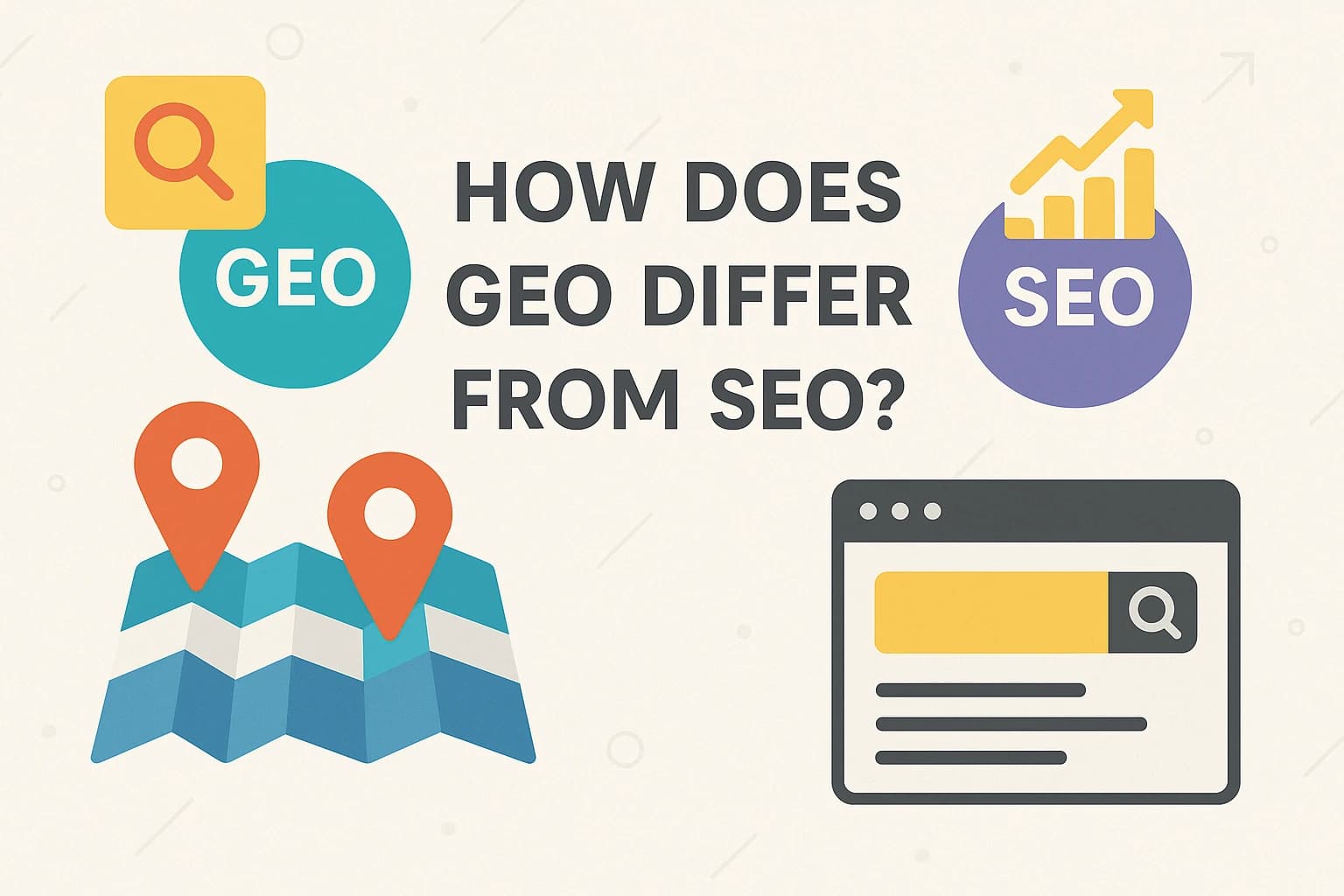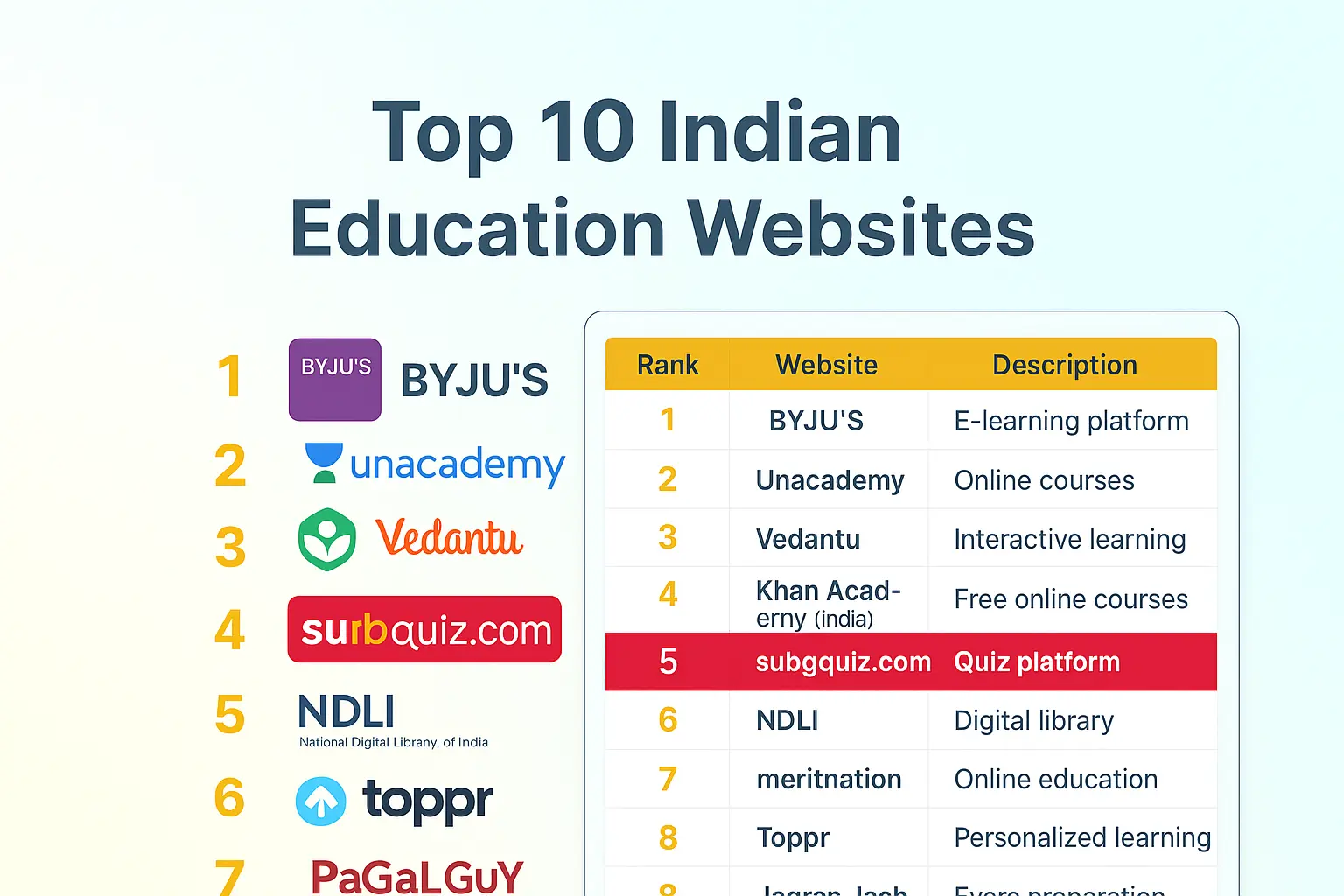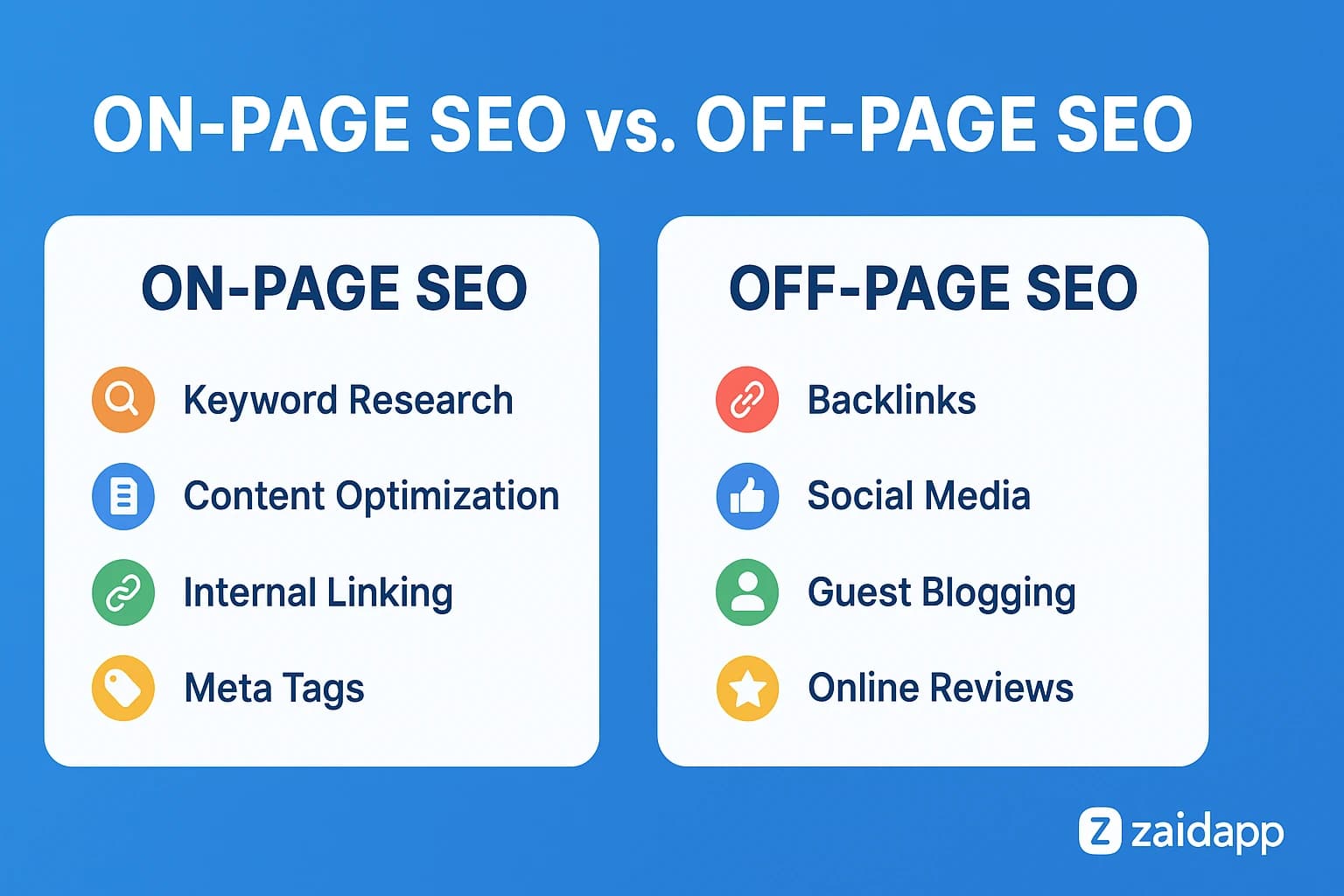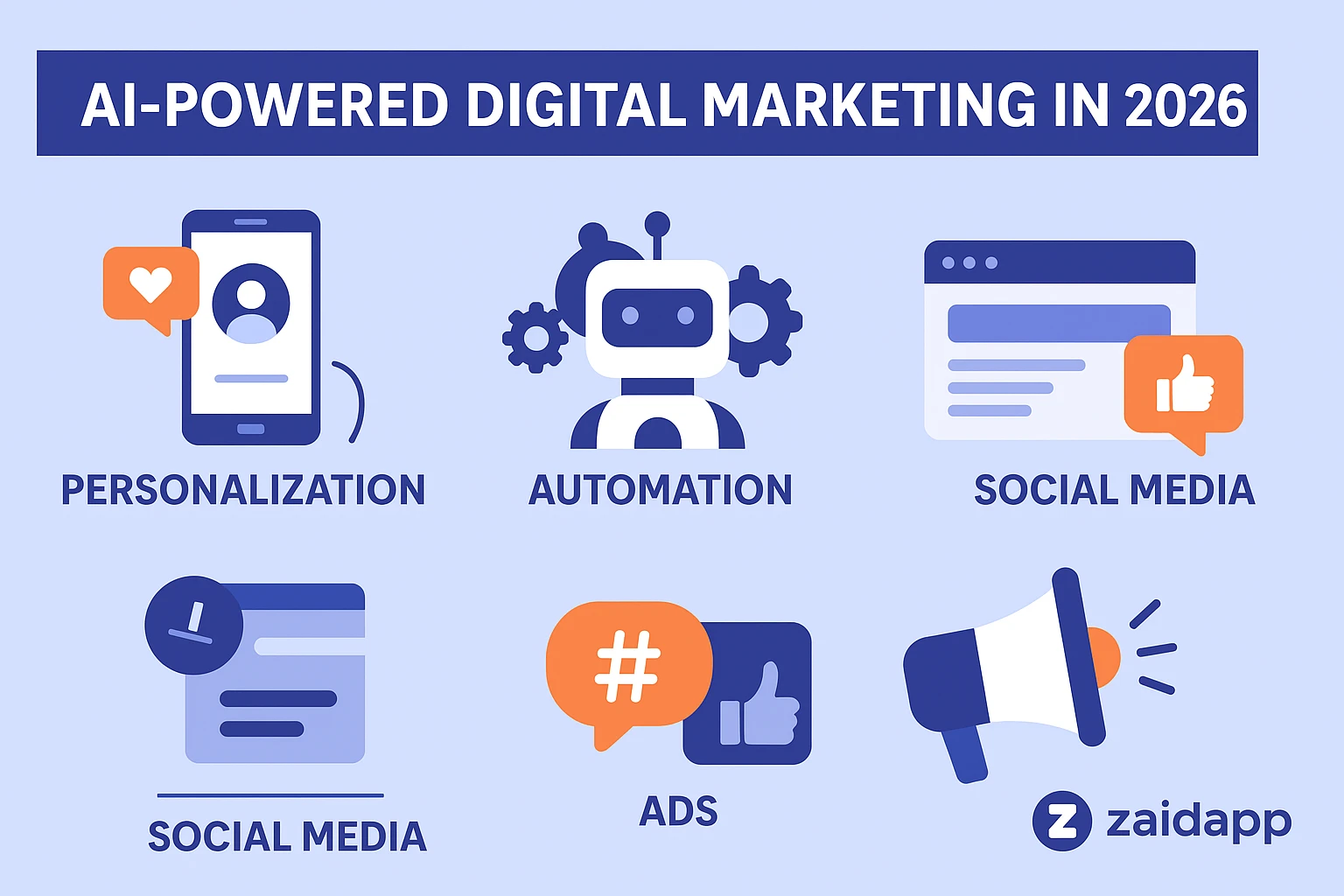Loading

In today’s fast-paced digital world, businesses strive to reach the right people at the right time. But how do you ensure your content appears when and where it matters most? The answer lies in two powerful tools: GEO optimization and SEO (Search Engine Optimization). While both aim to increase visibility and engagement, their methods, goals, and outcomes vary. In this comprehensive guide, we explore how does GEO differ from SEO, their individual strengths, and how they can be used together for a stronger digital marketing strategy.
SEO is the practice of improving your website so it ranks higher on search engines like Google, Bing, and Yahoo. The higher your page ranks, the more traffic and credibility you gain.
SEO plays a key role in organic digital marketing. It ensures that your content is discoverable when users search for relevant terms. For example, when someone types "best digital marketing tips" or "local pizza near me", SEO helps determine whether your website appears on that first results page.
SEO is a multi-faceted discipline divided into three main categories:
This involves optimizing content on your site—such as meta tags, keyword placement, headers, and internal linking.
Focuses on building backlinks, social sharing, and external mentions that boost your domain authority.
Includes server optimization, site speed, mobile-friendliness, and structured data—critical for site performance and indexing.
GEO, or geographic optimization, targets users based on their physical location. It helps businesses deliver personalized, location-specific content or ads to audiences.
Imagine you're promoting a gym in New York. Instead of advertising nationwide, GEO marketing allows you to target people specifically within a 10-mile radius of your gym.
GEO targeting displays ads to users based on cities, ZIP codes, or coordinates. For instance, Google Ads lets you show your ad only to people in California or New York.
This uses data like GPS, Wi-Fi signals, or IP addresses to tailor content or offers. GEO fencing goes a step further by creating virtual boundaries—when someone enters this space, they receive an ad or message.
Criteria | SEO | GEO |
|---|---|---|
Purpose | Improve search rankings | Deliver location-specific content |
Audience Targeting | Based on search behavior | Based on physical location |
Tools Used | Google Search Console, Ahrefs | Google Ads, GPS, Beacon Tech |
Data Dependency | Keywords, search intent | IP, GPS, device location |
Use Case | National/global visibility | Hyperlocal marketing |
SEO targets users based on their search queries, while GEO focuses on where users are, regardless of what they're searching.
SEO uses keyword research tools and analytics, whereas GEO relies on IP tracking, geofencing, and location-aware tech.
E-commerce stores aiming for national reach
Blogs that generate global traffic
Service-based businesses looking for organic leads
Brick-and-mortar businesses
Local services like plumbers, dentists
Event marketing within a city
Using both strategies together delivers a one-two punch. Here’s how:
By integrating local keywords (“best plumber in Austin”) with location data, you can rank higher and target a precise audience.
Businesses with multiple branches can use SEO for each city page while deploying GEO-fencing for walk-in traffic.
Starbucks: Uses SEO for online ordering visibility and GEO-fencing to push coupons when customers are nearby.
Domino’s Pizza: Combines local SEO and app-based GEO alerts to drive more orders in specific ZIP codes.
Target: Runs localized ads during sales, pairing it with optimized category pages on their website.
SEMrush – Keyword and backlink tracking
Yoast SEO – WordPress plugin for content optimization
Ahrefs – Competitor analysis and ranking checks
Google Ads Location Targeting
Geotoko – GEO-fencing platform
Foursquare Ads – Hyperlocal ad delivery
Over-targeting in GEO can lead to ad fatigue.
Ignoring mobile optimization affects both GEO and SEO effectiveness.
Duplicate content in multilocation SEO pages can harm rankings.
Use Google Analytics to monitor SEO traffic and bounce rate
Track conversion zones for GEO using tools like GroundTruth
Set up KPIs like Cost Per Lead (CPL) or Store Visit Rate
AI-powered location suggestions for hyper-personalization
Voice search dominating SEO strategies
Real-time location updates influencing instant ad bidding
So, how does GEO differ from SEO? GEO is about where your customer is. SEO is about what they search for. Together, they form a powerful digital marketing synergy. Whether you’re running a national e-commerce brand or a cozy neighborhood cafe, using both wisely can elevate your online presence and drive real-world results.
 Previous Post
Previous PostDiscover the top 2025 UI UX trends to design better, modern, and user-friendly websites. Stay ahead as a website designer or frontend developer.
 Next Post
Next PostDiscover the top website design trends in 2025. Learn how modern website design can boost UX, SEO, and engagement. Stay ahead with our expert guide.
Please login to post a comment
No comments yet. Be the first to comment!

10/4/2025

9/5/2025

9/16/2025

10/14/2025

10/31/2025